10 Secrets of Successful Secondhand Furniture Shopping
http://decor-ideas.org 02/09/2015 22:13 Decor Ideas
Buying furniture secondhand is the recycling of the design world. Secondhand pieces don’t use any more raw materials, don’t require any more energy to be produced, reduce waste and pollution, and don’t require any additional packaging. On top of these pluses, antiques and previously used pieces have that great sense of story and character.
While seasoned secondhand shoppers would probably be able to dish out this advice in their sleep, it can often be difficult to know where to start looking if you’re not in the habit of hunting. Four professionals very much in the know offer 10 great tips to ease you on your way.
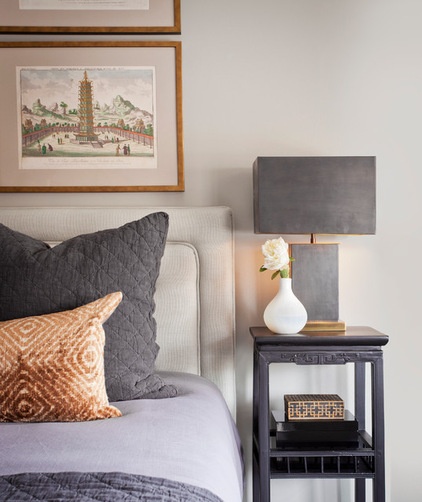
Our pro panel:
Chris Dyson of Chris Dyson ArchitectsJasmine Orchard of Jasmine Orchard StylingBhavin Taylor of Bhavin Taylor DesignAdelle Robinson of H is for Home1. Pop in even if you’re not looking. If a shop looks as if there’s even a chance it might sell secondhand or antique furniture, it’s worth popping in to build up your repertoire.
“Even if you’re not looking to purchase anything, it’s good to build up a list of places to go for when you do want to,” Bhavin Taylor advises.
If you come across something you particularly like, it might be worth snapping it up, even if you weren’t planning to buy anything. Finds can be rare, and you’ll know if it’s special enough. “I often buy furniture even when I don’t know where it’s going to go,” Chris Dyson says.
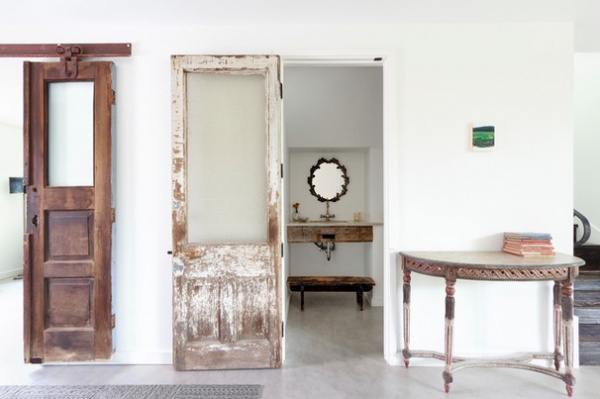
2. See the item personally if you can. While buying online is extremely convenient, it’s much easier to hide any serious damage in a photograph than it is in person.
“I like to be able to touch the item and check it’s in good condition, so I’m not too keen on buying from online resources unless they have an option for you to view it firsthand,” Taylor says.
“Condition is so important when buying secondhand,” Jasmine Orchard agrees. “I usually prefer to see an item first.”
Of course, online resources might have a very reasonable return policy or some form of quality control, so don’t rule it out entirely. And don’t forget to use the Internet in other ways. “Google searches, blog recommendations and Twitter are all fantastic resources,” says Adelle Robinson. “The Internet is always my first port of call for inspiration and advice. There are huge numbers of helpful step-by-step videos and useful ideas.”
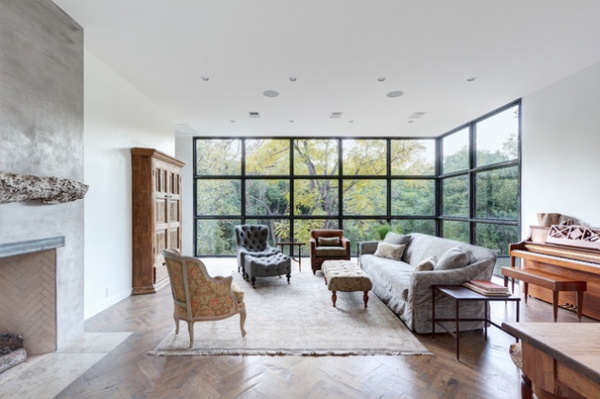
3. Get out of town. Of course, this varies depending on the town, but sometimes furniture stores in the city can be more expensive than those slightly further out.
“To find the best bargains, you need to head out of town to the bigger, warehouse-type secondhand furniture shops,” Orchard says. Yard sales are also an inspired place to look. “They’re my favorite source, and you can get the best bargains,” she says.
Some city antiques markets can be excellent resources if you’re looking for something really special, so don’t avoid them altogether. You might have to pay a little more, but if you’re careful, you can find some really great stuff and agree on a reasonable price. “I source most of my stuff at markets, and from eBay if it’s something specific,” Dyson says.
“Sites like eBay can also lead to traders who have large quantities of other stock available,” Robinson adds.
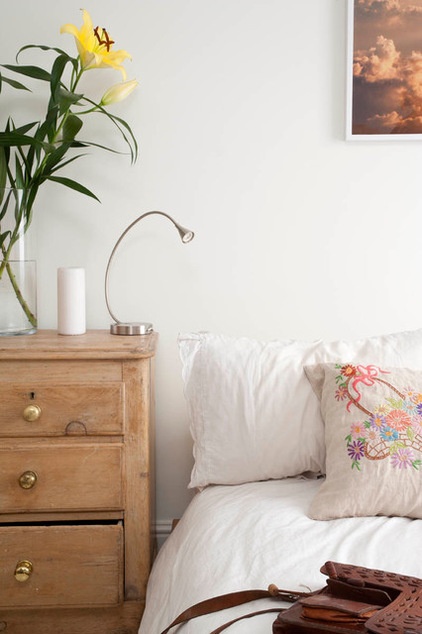
4. Know your measurements — all of them. This is an absolute must, for multiple reasons. “There’s usually no returns policy when buying secondhand,” Taylor says, “so if you buy a piece that’s the wrong size, it’s likely you’ll be stuck with it.”
Go armed with a measuring tape, a pen and an image of your room, so you can visualize how the new item might sit in it. “If I’m looking for a version of something I’ve seen, then I bring an image of that item with me to cross reference, so I don’t get sidetracked and end up buying something I didn’t actually come for,” Orchard says.
Don’t forget to measure your doorways and other access points. “There’s nothing worse than buying something and not being able to get it through the front door,” Taylor says.
Robinson adds that a small flashlight can be useful “for looking into corners of warehouses where furniture is stacked high, or for closer inspection of individual pieces.”
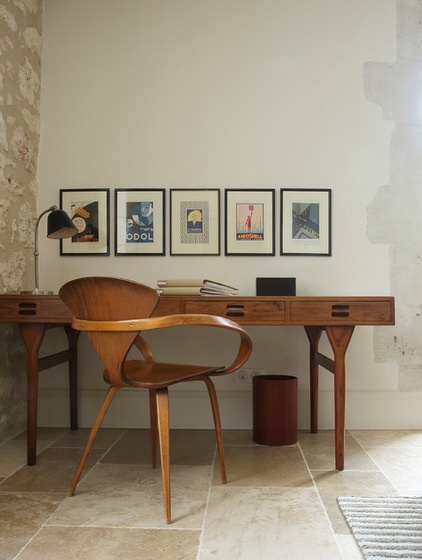
5. Keep an open mind. When shopping for secondhand furniture and antiques, you can never be certain of what you’ll find on any given day. If you’re unwilling to compromise on the piece you want, you may never find it.
“Go with an open mind and don’t look for anything too specific,” Taylor advises. “What you think you’re after and what you find may be worlds apart.” You won’t always get something you had envisaged, and you may have to think creatively to find something that will work in your space.
If you start looking well in advance, you’ll have more choices. “It’s best to look for something that’s roughly what you’re after, and you can always adapt it somehow,” Orchard says. “I’d recommend plumping for the close second if you like it. It will satisfy the need, and it might grow on you, too!” she adds. “Then, if you come across the dream piece, you can snap it up and sell the first.”

6. Take plenty of cash and buy quickly. If you’re at a market or garage sale, the difference between a quick trip to the ATM and having cash in hand might be the difference between taking the item home or not. “If you’re going to find something in a market, you have to be prepared to take it straight away,” Dyson says. “It needs to be impulse, and you need to have cash.”
“There are so many antiques and retro furniture dealers out there now who scour these shops daily, so if you see something you like, be prepared to make the purchase quickly,” Orchard says.
“While some shops might hold items for a couple of hours if you’re lucky, there’s a strong chance the item will be sold by the time you get back — particularly if it’s a good one,” Taylor says.
“If you come across something you fall in love with, go for it!” Robinson advises. “I have far too many tragic memories of returning to buy items that have been sold — the disappointment can be unbearable!”
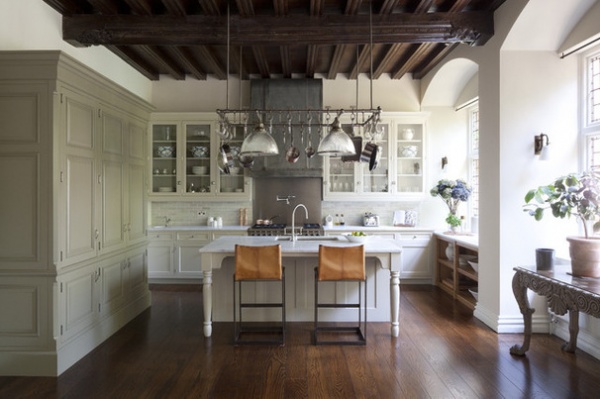
7. Improve your pricing knowledge. When you’re starting out, don’t be bothered by the fact you don’t know how much something should cost. As with everything, you’ll develop this sense over time. If you have a smartphone, Dyson advises taking a few minutes to check online whether something is priced reasonably.
At most markets and garage sales, it’s acceptable to barter, and you should get a sense of whether it’s appropriate by observing others for a little while. Decide what you’re prepared to pay for an item before entering into a negotiation, and try to stick to your guns. It’s amazing how quickly you can get caught up in the thrill of things and end up spending more than you would have liked.
“Try to be reasonably strict with yourself. If you really need a chest of drawers, don’t spend all your money on chairs,” Robinson says. “Having said that, if you see something you think is an absolute bargain, don’t leave it behind. You might even be able to sell it on for a profit.”

8. Watch out for costly upcycling. It’s a common mistake to assume that you can upcycle any old thing cheaply and effectively. A good rule of thumb is to purchase only items you know you’ll be able to restore on your own, or know how much it will cost to get it done professionally.
Some restoration services, such as reupholstering, can be quite expensive, and the finished piece may end up costing a lot more than you had anticipated. “You have to use a bit of common sense,” Dyson says. “If you want to change it a lot, think about whether it’s worth the money it will take to restore it.”
“Don’t get trapped into buying something because it’s cheap,” Taylor warns. “Not everything can be saved, so be careful that you can turn your vision into reality and don’t end up wasting money.”
“If you’re buying with the intention of painting an item, then look at its finish,” Orchard advises. “Laminate, for instance, is really hard to paint over without lots of sanding or specialist paint that can be quite costly.”
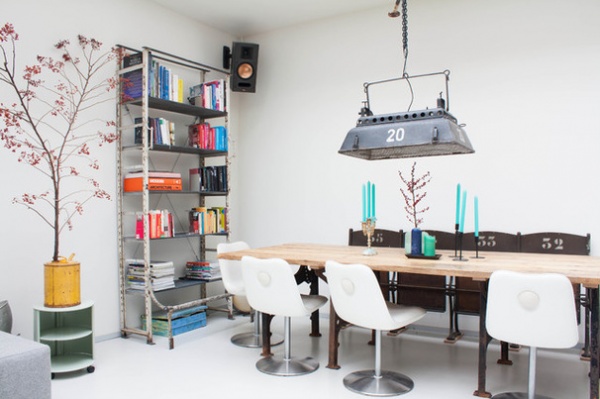
9. Be careful of bad smells and other irreparable damage. Woodworm and rotting wood are big no-nos. Also look out for damaged fabrics, although they might work with the style you’re going for.
“Smell fabrics if you can,” Taylor says, as odors such as smoke tend to linger for a long time. “Upholstery can be replaced, but don’t forget that stuffings and fillings might be affected by the smells, too,” Robinson warns.
“If you’re buying seating, check that it’s comfortable and that the filling is still good,” Taylor adds. Be aware that things like mattresses can harbor dust mites and germs, so are best avoided.
“Things like really bad water damage or burn marks on wood are tricky to get out without specialist knowledge and tools,” Orchard points out.
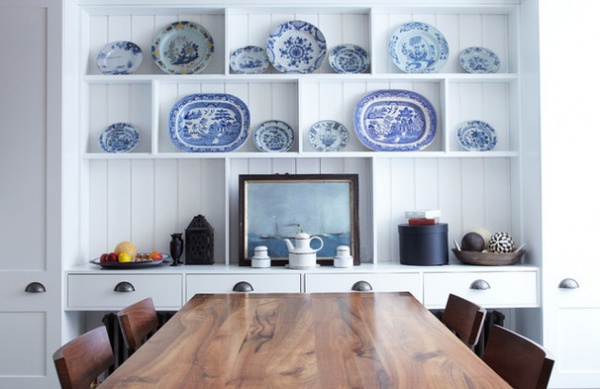
10. Have fun with it. As you do more and more secondhand shopping and antiques hunting, you’ll get better at scouring for the best buys and hidden gems. “You develop your sensibilities as you go along, and your nose for it gets much better,” Dyson says. “Much of it is to do with experience,” he adds, so the sooner you start, the faster you’ll improve.
“The best thing about it all is that you start to develop relationships with sellers and vendors — they get to know you, and you get to know them,” Dyson says. “Enjoy it — it’s the most pleasurable thing to do.”
Tell us: Have you made a great secondhand score? Share the details and post a photo in the Comments.
More:
A Beginner’s Mini Guide to Buying Antiques
Smart Shopper: How to Judge Antique Furniture Quality
Related Articles Recommended












